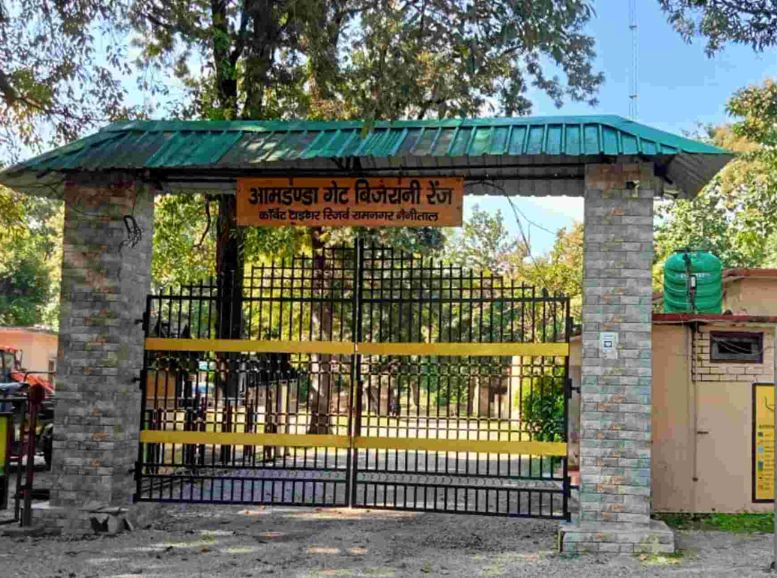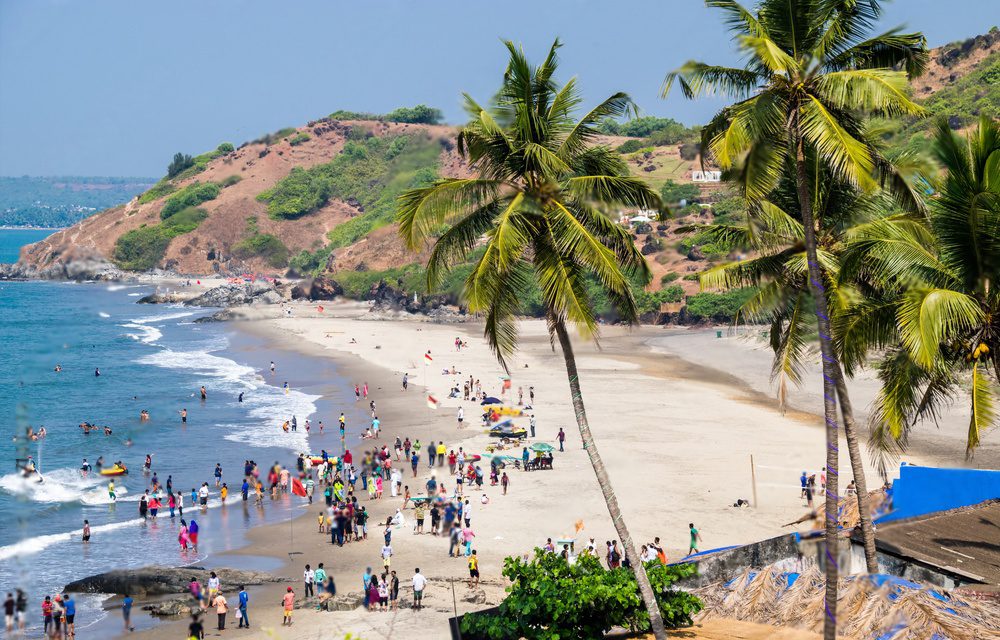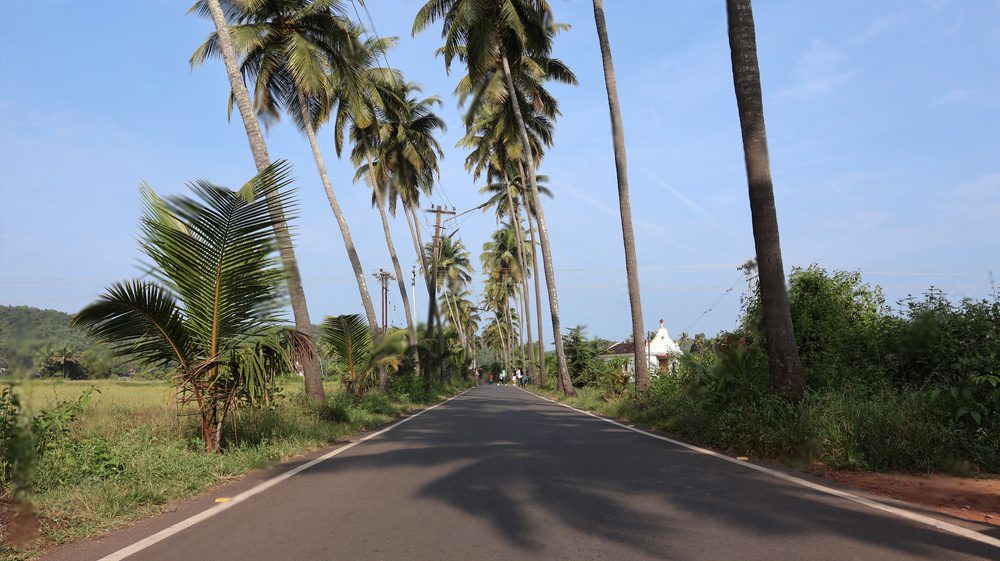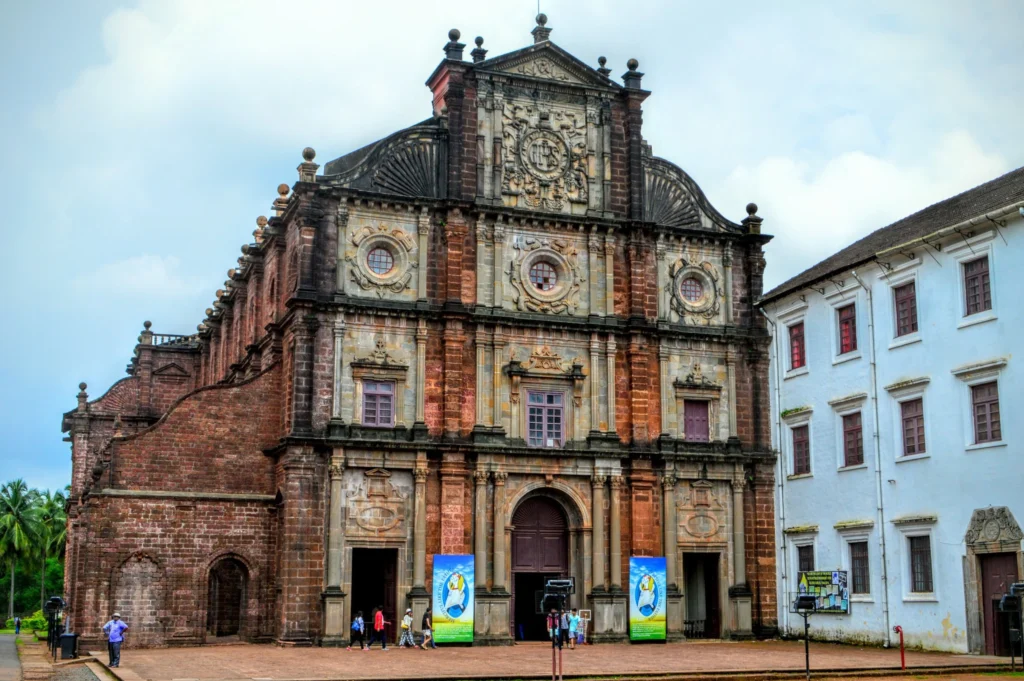In the foothills of the Himalayas lies a haven of unparalleled beauty – Jim Corbett National Park. Established in 1936, it’s India’s oldest national park, named after Jim Corbett, a legendary conservationist. Spanning 520 square kilometers in Uttarakhand, this park beckons nature enthusiasts, wildlife lovers, and adventure seekers.
Jim Corbett National Park is more than just protected land; it’s a vibrant tapestry of nature and human connection. Lush forests, meandering rivers, and verdant grasslands shelter a diverse array of flora and fauna. The majestic Bengal tiger reigns supreme, but elephants, leopards, sloth bears, and crocodiles also call this park home.
Beyond its rich wildlife, the park holds cultural and historical significance. Named after Jim Corbett, whose efforts led to its establishment, it exemplifies the power of human determination in conservation. From ancient ruins like Garjia Devi Temple to villages bordering the park, the area boasts a rich cultural heritage that complements its natural wonders.
How to reach:
Air Travel:
- Pantnagar Airport: The closest airport is Pantnagar, situated roughly 80 kilometers from the park.
- Indira Gandhi International Airport (Delhi): Delhi’s airport offers an alternative, though further away at 260 kilometers.
Train Travel:
- Ramnagar Railway Station: This station serves as the nearest rail access point, boasting connections to major cities like Delhi, Lucknow, and Varanasi.
- Convenient Connections: Trains like the Ranikhet Express and Corbett Link Express efficiently link Ramnagar to various parts of India.


Road Travel:
- Effortless Access: Jim Corbett National Park enjoys excellent road connectivity to major towns and cities within Uttarakhand and neighboring states.
- Scenic Drives: Embark on a scenic journey from Delhi, Dehradun, or Nainital via well-maintained highways.
- Multiple Entry Points: Jhirna Gate, Bijrani Gate, and Dhikala Gate, among others, are accessible by road for a smooth park entry.
Self-Drive Adventure:
- Explore at Your Pace: For ultimate flexibility, consider a self-drive option.
- Permits Essential: Ensure you possess all required permits before entering the park.
- Unforgettable Journey: Savor the scenic drive through the stunning Himalayan foothills.
best time to visit:
- Winter Wonderland (November to February): Ideal weather for safaris, higher chance of wildlife sightings. (tigers, elephants, migratory birds)
- Spring’s Delight (March to April): Mild and comfortable weather, easier wildlife viewing due to drying vegetation, prime time for birdwatching.
- Monsoon Magic (July to September): Park Closed. Lush greenery but heavy rainfall and potential for flooding/landslides pose safety risks.
- Summer Sojourn (May to June): Warm and humid, easier wildlife viewing around water sources, choose early morning/evening safaris for cooler temperatures. Great time for wildlife photography due to clearer visibility.
Discovering the Park
The very act of reaching Jim Corbett National Park becomes your first taste of adventure. Each travel mode, be it air, train, or road, unveils the region’s breathtaking landscapes and rich cultural tapestry. Upon arrival, the park itself explodes with a kaleidoscope of experiences, igniting your senses and awakening your inner explorer.
Safari Adventures:
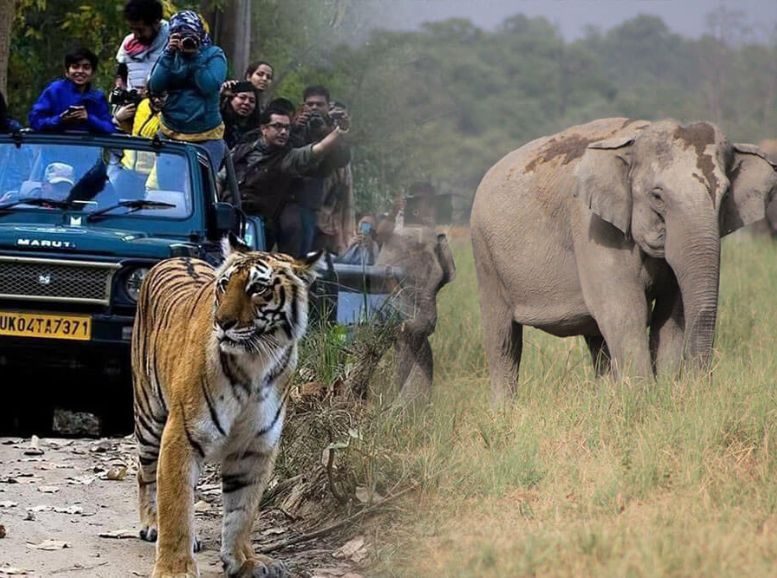

Hop on a jeep, elephant, or big bus for a super fun safari adventure through the park! Every corner has something cool to see. Track tigers in the jungle or look for birds by the river. This safari will be totally awesome!
Birdwatching:
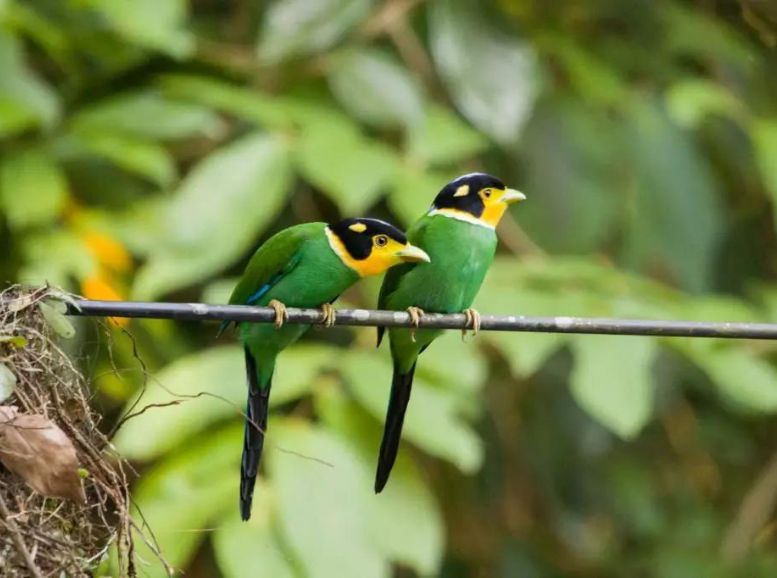

Over 600 kinds of birds live in Jim Corbett National Park, some all year round and others who visit for a while. From tiny, colorful kingfishers and parakeets to giant eagles and vultures soaring above, the park is full of birds and their songs. Want to see the coolest birds? Hire a guide who knows where to find the rarest one.
Nature Walks: Jim Corbett National Park
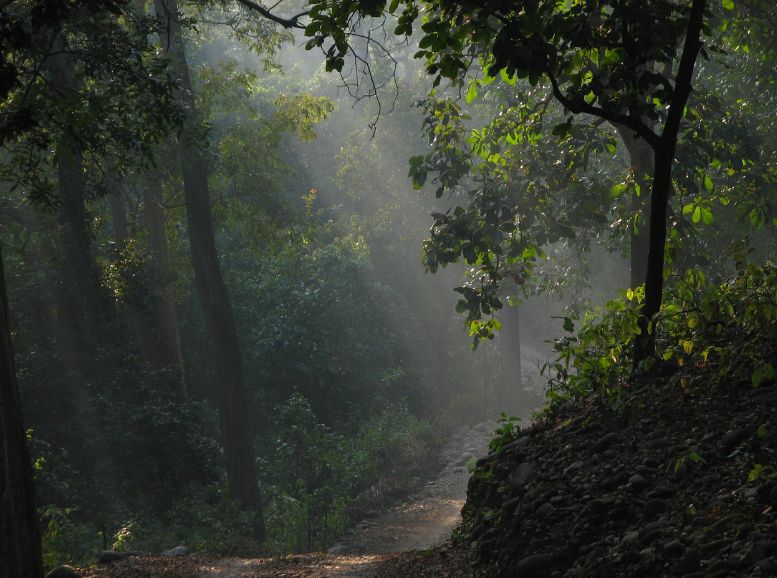

Ditch the crowds and join a guided walk on the Jim corbett national park’s peaceful trails. Explore the amazing details of the forest, see colorful butterflies flitting about, spot exotic orchids hidden in the shade, or listen to the gurgling streams and cascading waterfalls. Breathe deeply of the fresh air, listen to the sounds of the forest come alive, and reconnect with nature at your own pace.
Cultural Encounters:
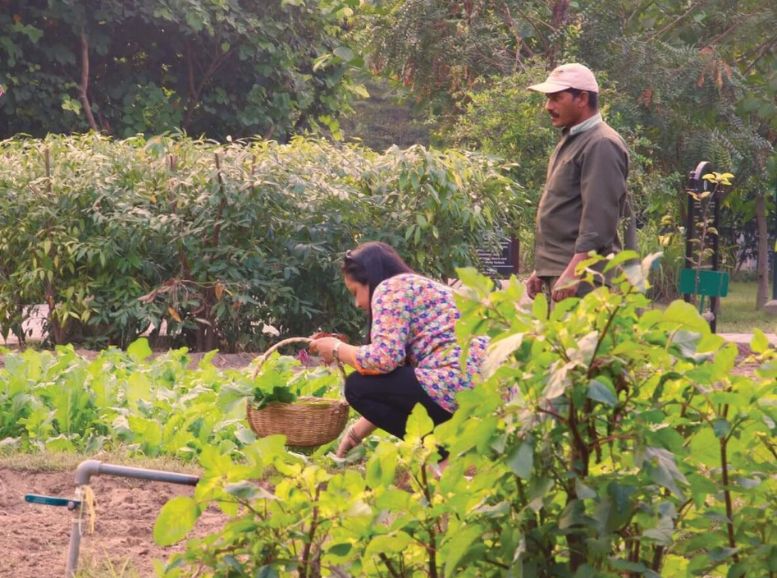

Immerse yourself in the rich tapestry of culture surrounding Jim Corbett National Park. Explore nearby villages and historical sites that unveil the traditional way of life. Meet local artisans, farmers, and storytellers who share their knowledge and customs. From ancient temples and pilgrimage sites to colonial-era buildings, delve into the region’s storied past. Whether you actively participate in a cultural performance or savor the flavors of local cuisine, these experiences promise to leave a lasting impression.
Conservation Efforts:
Jim Corbett National Park takes conservation seriously. Jim Corbett National Park rangers, wildlife experts, and even local communities all work together to protect the park’s ecosystems and the animals that call it home. They run programs like nature tourism that benefits the community, restore animal habitats, and fight against poaching. Visitors can help too by being responsible tourists, respecting the wildlife and their environment, and even contributing to conservation efforts if they choose.
local experiences:
- Village Immersion: Discover nearby villages to engage with rural life, interact with locals, and absorb traditional customs and practices firsthand.
- Gastronomic Exploration: Delight in the diverse flavors of Uttarakhand by indulging in local cuisine at markets and eateries, savoring specialties like “Bhatt ki Churkani” and “Kafuli.”
- Farm Encounters: Immerse yourself in the world of organic farming through guided farm tours, where you can participate in activities such as milking cows and learn about sustainable agriculture methods.
- Cultural Revelry: Immerse in the vibrant cultural scene with traditional Kumaoni music and dance performances, offering captivating glimpses into the region’s rich artistic heritage.
- Homestay Hospitality: Opt for homestay accommodations to experience genuine warmth and hospitality from local families, relishing homemade meals and fostering cultural exchanges.
- Artisanal Workshops: Engage in hands-on workshops led by local artisans, where you can learn traditional crafts like hand-weaving, bamboo crafting, and pottery making.
- Nature Strolls with Locals: Embark on enlightening nature walks guided by knowledgeable locals, exploring hidden trails, and gaining insights into the area’s biodiversity and conservation initiatives.
travel tips:
- Pre-Plan Your Trip: Ensure a seamless experience by researching accommodations, safari timings, and entry permits in advance.
- Choose the Optimal Season: Maximize your chances of wildlife sightings by visiting during the winter months (November to February), while avoiding the monsoon season (July to September) when the park is closed due to heavy rainfall.
- Secure Safari Tickets Early: Avoid disappointment by booking safari tickets online or through authorized agents well ahead of your visit.
- Adhere to Park Regulations: Respect the rules of the park, including maintaining silence during safaris, staying within designated areas, and refraining from disturbing wildlife.
- Pack Wisely: Be prepared for outdoor excursions by bringing essentials like sunscreen, insect repellent, comfortable clothing, sturdy footwear, binoculars, and a camera with spare batteries.
- Stay Hydrated: Carry an ample supply of water to stay hydrated, particularly during extended outdoor activities.
- Show Respect for Wildlife: Keep a safe distance from animals, refrain from attempting to interact with them, and adhere to the guidance of your safari guide to ensure both your safety and the animals’.
Conclusion
As the sun dips below the rugged horizon of Jim Corbett National Park, painting the sky in a mesmerizing display of golden hues, one truth resonates deeply – this is a place where nature’s wild spirit thrives. From the majestic tigers roaming free to the symphony of vibrant birdlife, from the whispers of history in ancient temples to the verdant embrace of lush forests, Jim Corbett National Park is a treasure trove waiting to be unveiled. Pack your bags, lace up your boots, and get ready to embark on an unforgettable adventure into the untamed wilderness. Let Xplro.com
FAQ
- Q: When is the best time to visit Jim Corbett National Park?
- The optimal time to visit is during the winter months (November to February) for pleasant weather and optimal wildlife sightings.
- Q: How can I book safari tickets for Jim Corbett National Park?
- Safari tickets can be conveniently booked online through the official park website or through authorized agents in advance.
- Q: What are the accommodation options available inside the park?
- Accommodation options within the park include forest lodges and government-operated rest houses, which must be reserved in advance.
- Q: Are private vehicles allowed inside the park?
- No, private vehicles are not permitted within the core zones of the park. Visitors are required to use designated safari vehicles provided by the park authorities.
- Q: What wildlife can I expect to see in Jim Corbett National Park?
- Wildlife sightings may include Bengal tigers, elephants, leopards, deer, crocodiles, and an array of bird species.
- Q: Can I visit Jim Corbett National Park during the monsoon season?
- No, the park remains closed during the monsoon season (July to September) due to heavy rainfall and associated risks.
- Q: Are there any restrictions or rules I should be aware of during safaris?
- Yes, visitors are required to follow park rules, including maintaining silence during safaris, remaining within designated safari vehicles, and respecting wildlife.
- Q: What activities can I enjoy besides safaris in Jim Corbett National Park?
- Other activities include nature walks, birdwatching, visits to local villages, and exploring nearby attractions such as waterfalls and temples.
- Q: Is it necessary to hire a guide for safaris in the park?
- While not mandatory, hiring a knowledgeable guide can enhance your safari experience by providing insights into wildlife behavior and park ecology.
- Q: Are there accommodations available outside the park?
- Yes, there are numerous resorts, hotels, and guesthouses available in the surrounding areas of Jim Corbett National Park.
- Q: What safety precautions should I take during my visit?
- Visitors should adhere to safety guidelines provided by park authorities, avoid straying from designated trails, and maintain a safe distance from wildlife.
- Q: How can I contribute to the conservation efforts of the park?
- Visitors can support conservation initiatives by practicing responsible tourism, following park regulations, and engaging in eco-friendly activities.
